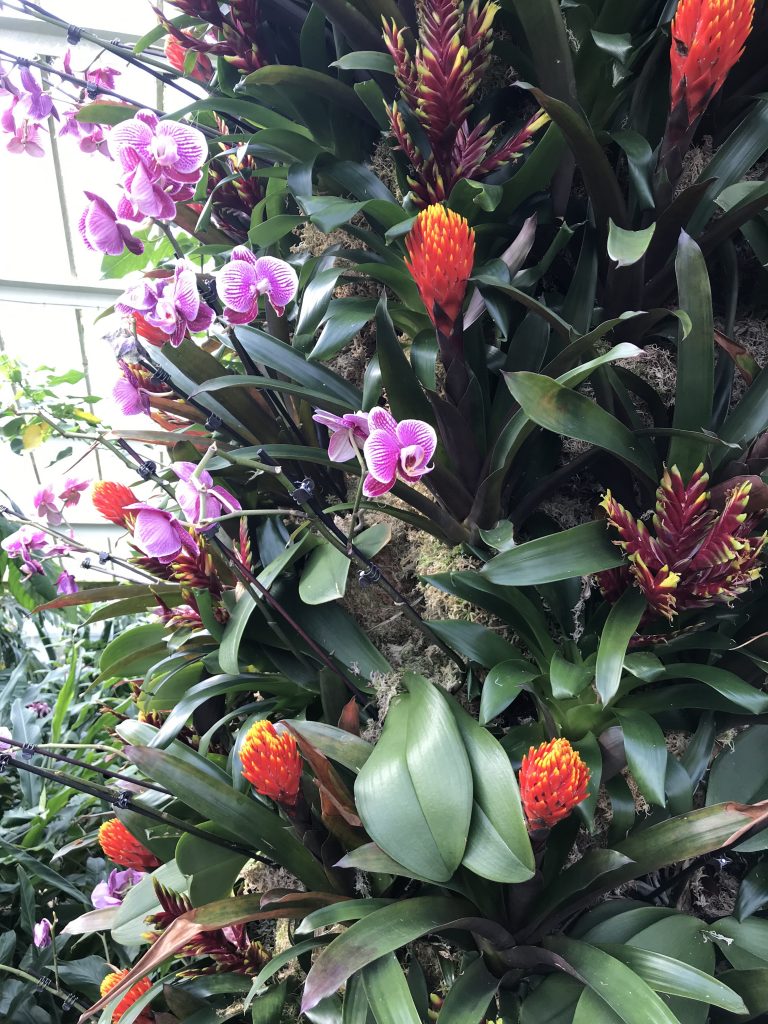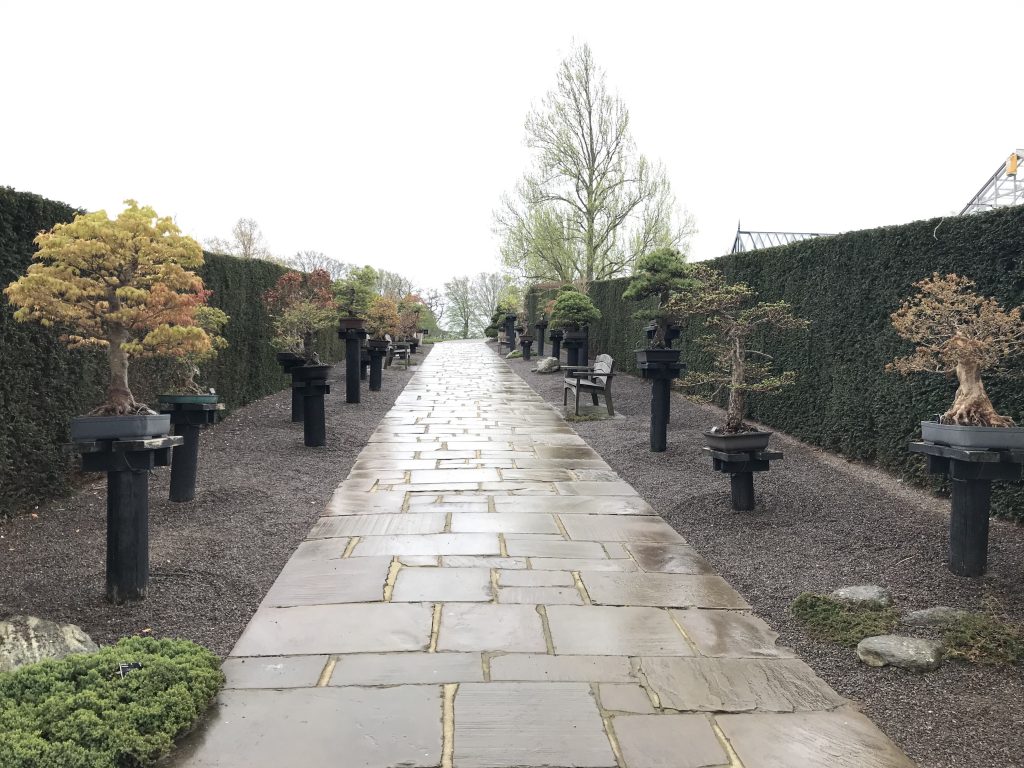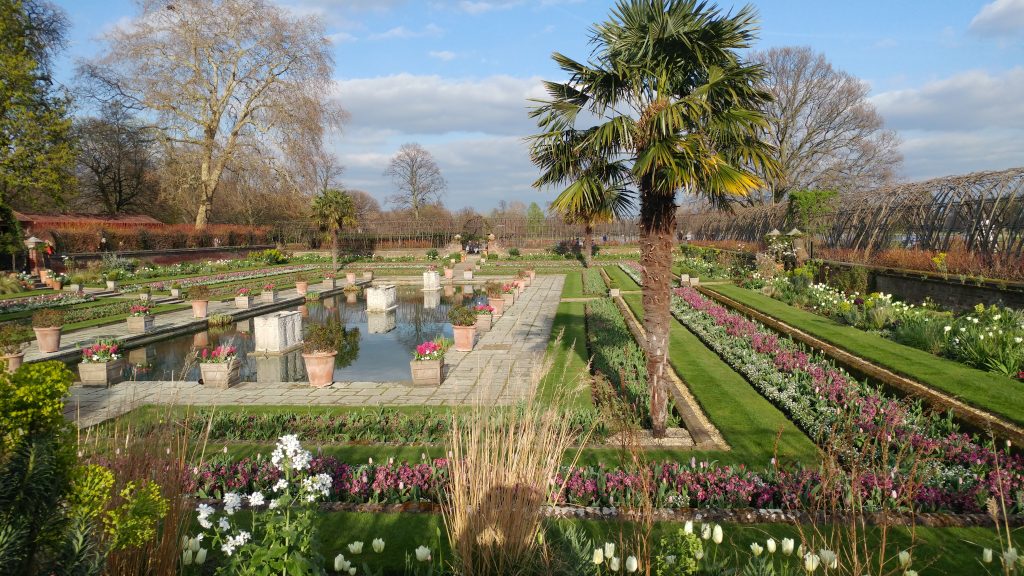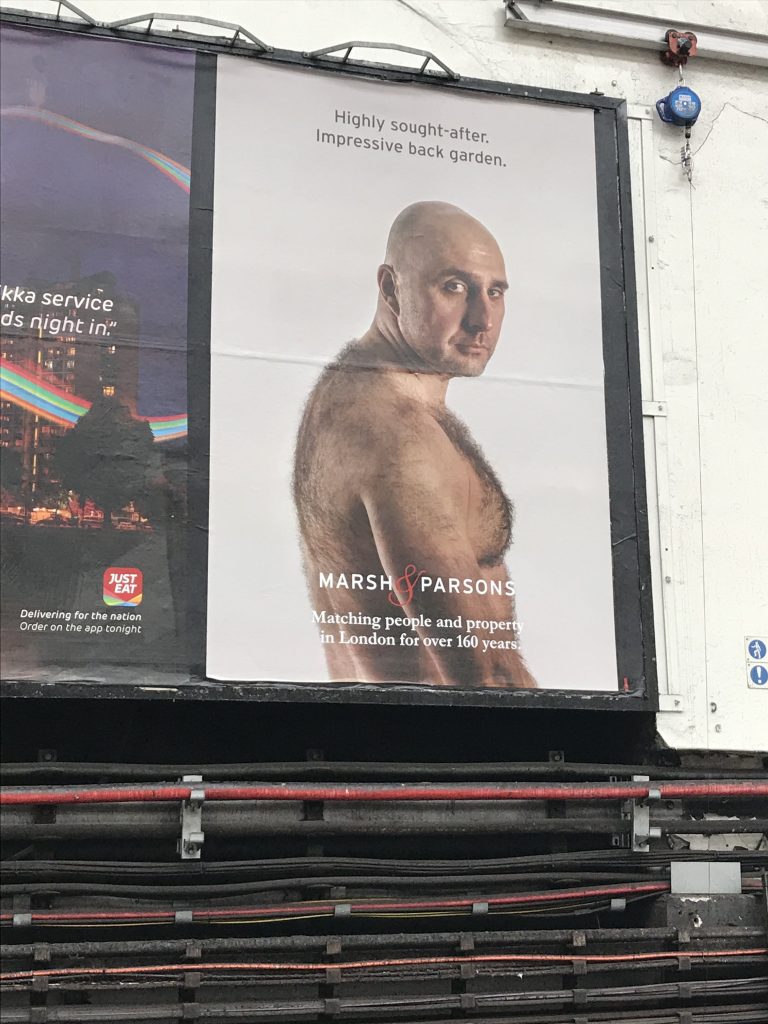(A friendly caveat – this post does not lend itself well to images. So the pictures here are simply eye candy from my 2019 trip to London to reward you for considering this visually drab but important topic.)

I’ve been involved in Extension education for 17 years and one of the most important things I’ve learned is that Extension audiences want information that’s easily understood and has obvious practical use. Most peer-reviewed research articles are written for academic audiences, so only the most persistent nonscientists will slog their way through pages of dense, technical writing. It’s up to Extension educators to accurately translate and summarize technical scientific information for use by the public.

Extension is part of the American land-grant university system and extends traditional academic teaching to citizens statewide (hence the term “extension”). In addition to providing seminars and workshops to interest groups, Extension publishes educational materials in-house and provides them at low or no cost to their clientele.

But here’s the problem: the standards for Extension publications are set by each university. Unlike the peer-review system adopted by reputable journal publishers, Extension publications can vary widely in quality. Some universities have adopted a system that parallels that of scientific journals in that they require double-blind peer review. But many universities have not – and this means that looking for Extension publications on a particular topic results in a collection of materials with contradictory messages. This is incredibly frustrating to confused nonscientists and to Extension faculty who have to sift through the mess to find publications that are relevant and science-based. As a result, Extension publications are often regarded with suspicion by both nonscientists and academic faculty (who often do not have the disciplinary expertise to sort through the mess). Since I was a traditional academic before entering Extension, I have a foot in both camps.

Nonscientists are probably not going to have the disciplinary expertise to tease out the good stuff from the dreck. But they can look for some indicators that will help them identify the most reliable publications. Here’s a checklist to start the process: the more “yes” answers you have, the better the chances are that the information is reliable.
- Is the author identified? Anonymous publications are not reliable.
- Is the author an expert? Expertise is determined by advanced degrees (at least a Master’s degree) in the subject matter.
- Is the publication peer reviewed? There should be a logo or a statement on the publication that says so.
- Is the publication relevant? High-quality Extension publications targeted towards commercial agricultural production are usually inappropriate for use in home gardens and landscapes.
- Is the publication current? Information relative to urban horticulture and arboriculture is rapidly changing. Publications over 10 years old likely do not contain the newest information.
- Are there scientific references included, either as citations or as additional readings?
As necessary as this process is for identifying reliable information, there can also be negative outcomes. Universities that do not have a rigorous process for publishing Extension materials put their Extension faculty into the uncomfortable position of having to defend their work when it’s questioned. It would benefit all parties for every land-grant university to institute a rigorous, peer-reviewed process for their Extension publications.

Linda, are there certain Extension Services that you have experience with that you are comfortable with? I understand that this would not be a comprehensive list. Thanks.
Hi John –
I just don’t have personal experience with any Extension publication service except for ours at WSU. Ours is peer-reviewed and rigorous. It would be great if other readers could comment authoritatively on other institutions.
Penn State Master Gardener publications have not been closely monitored in the past, and its not hard to find questionable and outdated advice among a generally high quality set of material. But the times they are a changin ‘. We’ll see what happens.
Interesting. Harvard certainly had great classes, but always at night and an hour’s drive and a little expensive. UMass asks me to buy a calendar every year and they do soil testing, but beyond that ?? Never heard of a newsletter. For local info I suppose I would call my county extension agent, and read good blogs…
Hi Anne –
Extension publications are only produced by land grant universities. Harvard is not a land grant. U Mass is: https://ag.umass.edu/. You can find the complete list here: https://en.wikipedia.org/wiki/List_of_land-grant_universities.
Your county agents are dependent on their state land grant institution for information. That’s why you need to go there directly.
The MO Extension it at Missouri University at Columbia and Lincoln University and we refer customers to them for soil sampling. I also use their information to write tip sheets for our customers. Their “mission” seems so broad and overwhelming and their website is really clunky, there’s just a lot of things not applicable to home gardeners so I usually try to refer to specific articles rather than let the customer get lost and frustrated. I dutifully read through all the Master Gardener class (no time/money to actually take the course) and found the information very dated – 2008 – compared to what I’ve learned reading from the WSU Extension and from other organizations. It’s like they never updated that part, but it’s hard to search for new info in more recent articles because of their weird website. I’m totally self-educated in this job and I’ve worked very hard to keep at it! I appreciate all I’ve learned from you Garden Professors – thanks!
The Extension Master gardener page on Face book posted this on January 8. I did a search on double digging and found many extension sites promoting it.
“Double Digging
Double digging is a deep tilling method to increase aeration and drainage in the soil. If you prefer to till the soil in your vegetable garden, here are some helpful tips for success. -CK”
This information is provided by the University of California, Santa Cruz:
https://youtu.be/tNiuWCp9QpY
And you’ve hit the nail on the head, Kenneth. Without faculty oversight and stringent review of educational materials, dated, erroneous, and harmful information will continue to flourish in Extension. This has been going on for decades and I don’t see an easy fix for a program that really does not have national guidance from disciplinary experts.
Here’s an article I published on this problem 12 years ago. Nothing has changed.
The University of Wisconsin’s Extension horticultural publications are pretty dismal. For example, they still think plastic is a great mulch to use in a garden (I think the author of that publication died in the last century). Anyway, thanks to state cutbacks, they now charge for their pubs, so that should reduce their number of readers. I live in Wisconsin and as a UW alumnus it pains me to say that I use the Extension publications from the Universities of Iowa State, Minnesota, and Michigan State for any information I need.
Don’t forget WSU Extension! All of my own publications are valid in any region of the country.